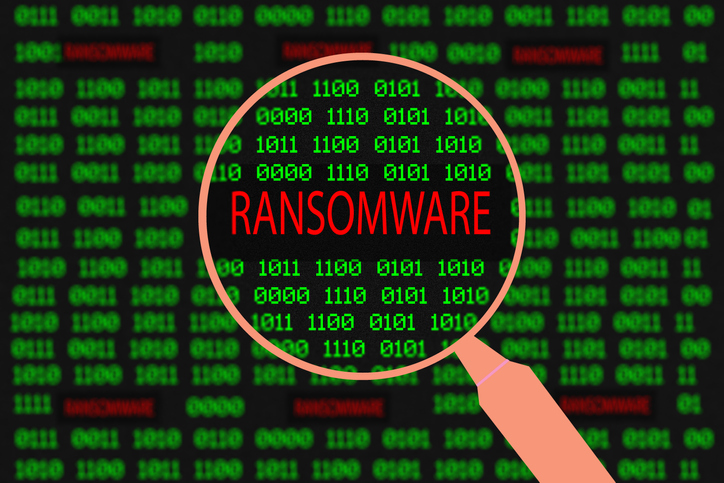
You don’t have to look long or hard through the news to find the latest cybersecurity incident — or the terrible press and loss of business that the organization suffers due to their inability to quickly respond to the threat. Chief Information Security Officers (CISOs) are actively looking for ways to protect their organization from the devastating effects of ransomware or other malware and trying to find ways to get the business back up and running quickly in the event of an attack. These three incident response tips can help keep your operations from buckling during an extensive incident that involves your data, hardware or software.
Make Sure You Have a Kill Switch
Today’s systems are dynamically interconnected, which can make it exceedingly difficult to segregate out one particular section that has been infected before it can infest the rest of the organization’s digital assets. With forethought and planning, you can create a kill switch that puts a walled garden around IoT devices, different operating systems in your back office, servers and more that will help you protect the remainder of your organization in the event of an incident. Think about what you can break off from your infrastructure that still allows you to marginally function as a business, and create kill switches accordingly. Data loss is one of the most expensive components of a cyber attack, making it crucial to save as much of your data and information structure as possible when a breach occurs.
Segment It to Save It
Segmentation and segregation is a good thing when it comes to networks and applications, but this same concept can also apply to user groups and even vendor management. The concept of “Segment it to save it” is generally constructed around data and networks, but it can easily be expanded to include user access controls and authorizations, vendor management and more. If a particular user group has been compromised, it’s much easier to rebuild a segment than it would be to rebuild your entire organization’s infrastructure. Think beyond the logical and physical implementations of segmentation, and think about everything you could possibly cordon off within your business — including vendors, partners and customer segments.
Invest in Regular Updates to Your Incident Response Playbook
Is your team confident that they know the required steps to protect your organization in the event of a cybersecurity incident? What happens if your cybersecurity expert just happens to be on vacation the week that a massive attack is launched? There are few substitutes for a written incident response playbook that provides you with step-by-step instructions that will help your business regain its footing in the digital world. Simply creating this playbook isn’t enough, you will still need to update it on a regular basis to ensure that you’re taking recent attack types and vectors into consideration as a part of your response and recovery planning. Your incident response playbook should be as dynamic as possible, reflecting today’s realities and offering achievable solutions to salvaging your business operations.
With luck, your business will be in the minority — those organizations that are never hit by a cyber attack. The unfortunate reality is that when a cyber attack hits your organization, it will cost you an average of 50 days to regain full operations of your business. Understanding these various components of incident response and forming your plan before you need it are crucial to ensuring that your organization is protected in the event of an attack.









